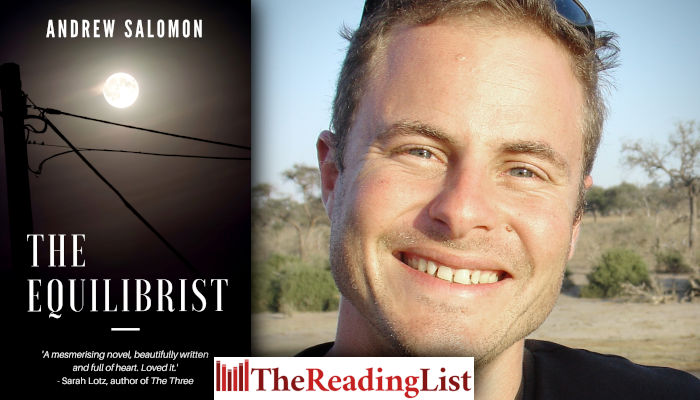On Writing a Thrilling Short Story – tips from author and creative writing tutor Andrew Salomon

An engaging short story is one of reading’s great pleasures. If you want to write a story that draws the reader in and sweeps them along, here are some tips from Andrew Salomon, author and creative writing tutor at SA Writers College.
THE HOOK
The opening paragraph of your story needs to grab the reader’s attention by activating their curiosity about your character and the situation they find themselves in. This is where you introduce the main character and get the reader to wonder: Who is this character? How on earth did they get into this situation? How will they get out of it? You can also employ a mystery, or a piece of intriguing dialogue to hook the reader and get things rolling.
A CHARACTER TO ROOT FOR
Your main character should be someone who badly wants something; a clear goal. They could want to rescue someone, reach their dreams, or triumph against a formidable adversary, and the best way to get the reader to root for them is to put obstacles in their way. How a character deals with challenges (regardless of them succeeding or not) is what makes us root for them. A character the reader can identify and empathise with is an intriguing character.
TENSION AND CONFLICT
A gripping story will see your character face a difficult decision or dilemma that must be resolved to fulfil their desire. Tension and conflict (from external threats and challenges, and internal conflict within your characters themselves) are essential to a good short story.
ENGAGE MULTIPLE SENSES
There is no need to limit the reading experience only to what your character sees. Employ all of the senses in your descriptions, like sounds, tastes, smells and textures, to make the story more vivid and visceral. This allows the reader to feel immersed in the scene and setting, experiencing the story right along with your characters.
DIALOGUE
What a character says and how they speak reveals a great deal about their motivations and personality, and helps make a story feel real and believable. To get familiar with the style of dialogue used in short stories, try to read as many of them as you can, paying close attention to how the characters speak. You’ll notice that short story dialogue can be quite different to dialogue in the real world. It’s pared down, trimmed of most of the fluff that populates everyday dialogue, and focused on revealing aspects of a character’s personality, helping to fill us in on backstory, and to move the story forward.
This article was originally published in The Penguin Post, a magazine from Penguin Random House South Africa.
THE 2022 SA WRITERS COLLEGE SHORT STORY COMPETITION
Now in its 15th year, the annual SA Writers College Short Story Competition proudly supports emerging literary talent in South Africa.
With free entry, cash prizes up to R17 500 and a team of multi-award-winning judges, send in your short story today!
Theme: A little knowledge is a dangerous thing.
Word count: Accepting entries up to 2000 words.
Deadline: 30 April 2022
Find out more on the SA Writers College website.
Categories Fiction South Africa
Tags Andrew Salomon Penguin Random House SA The Penguin Post Writing Writing Tips
